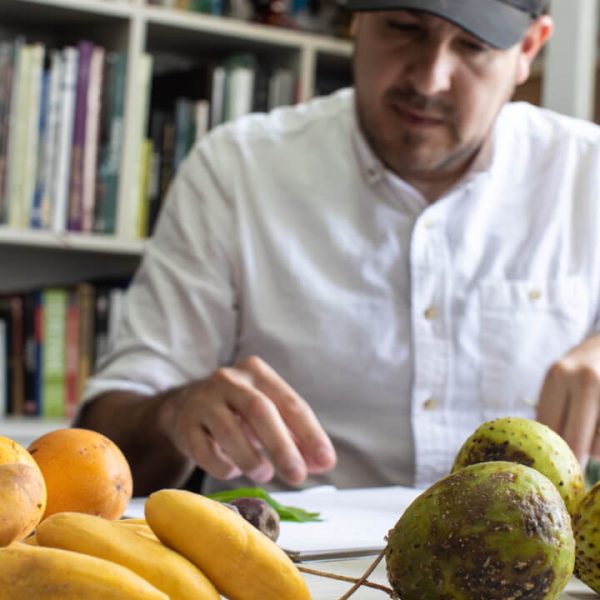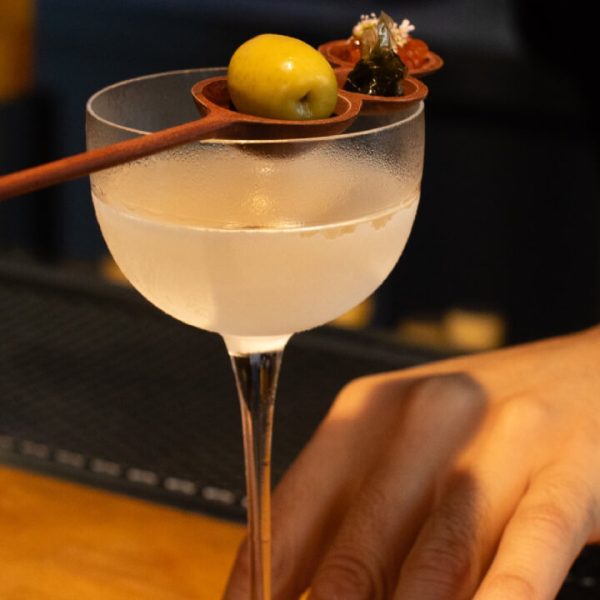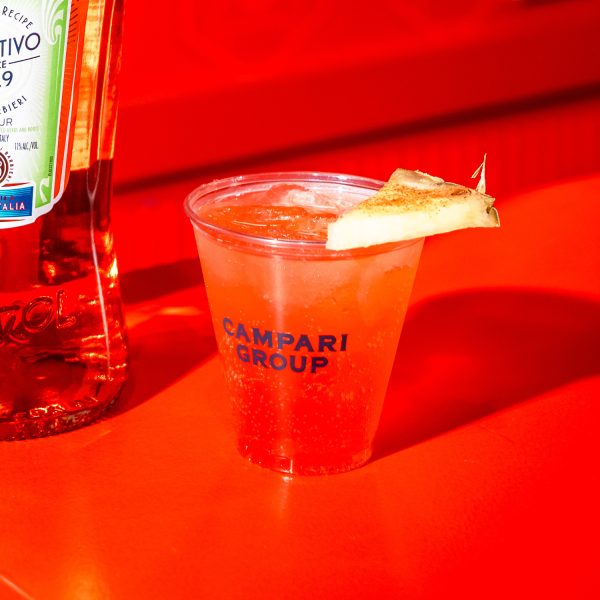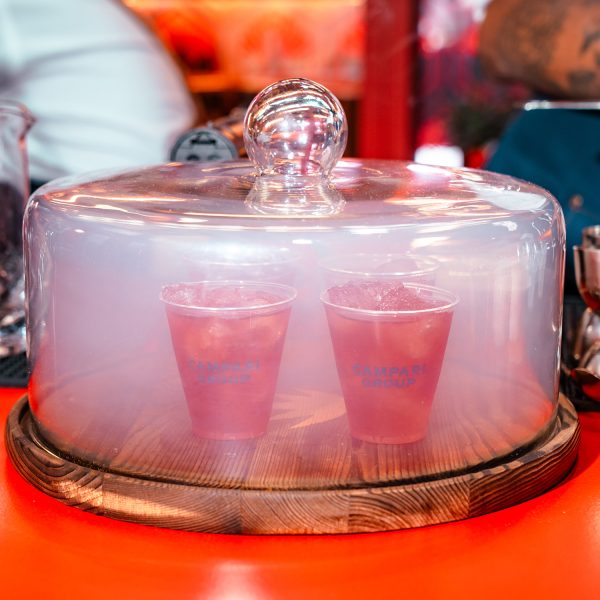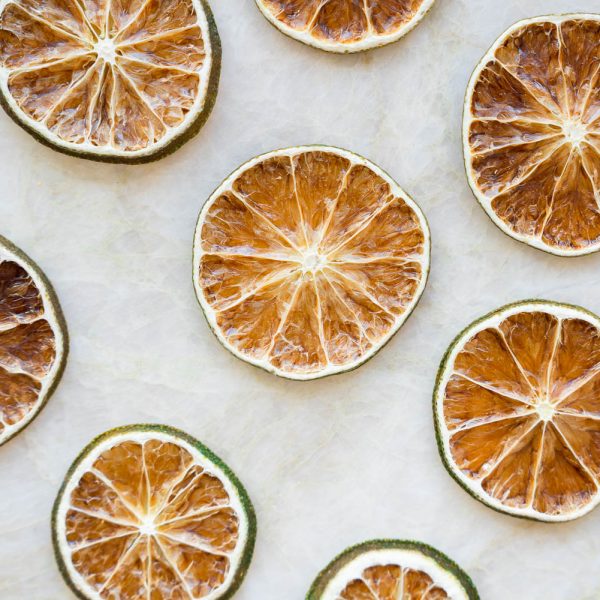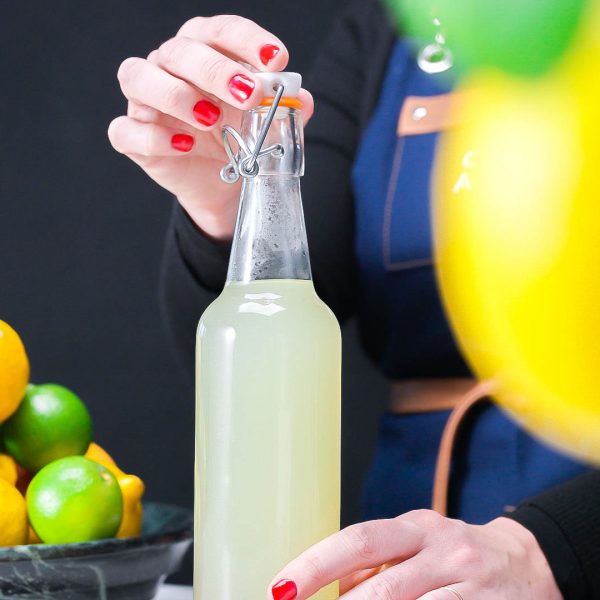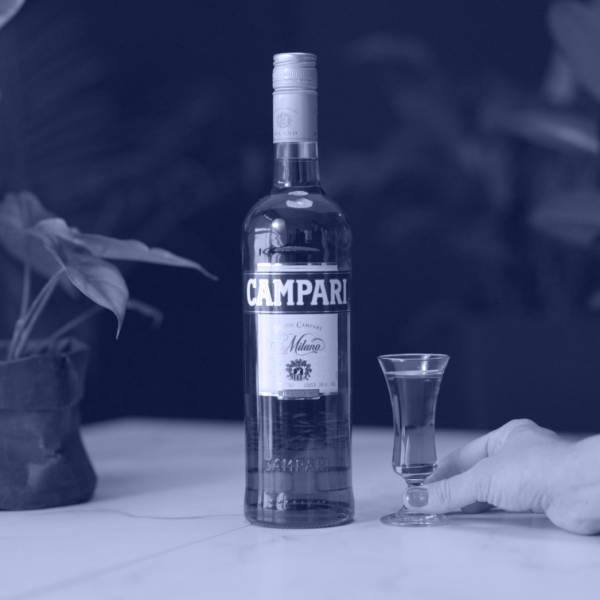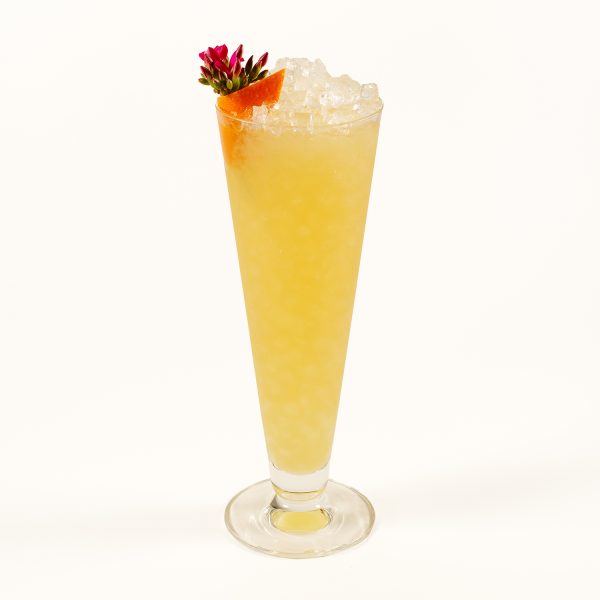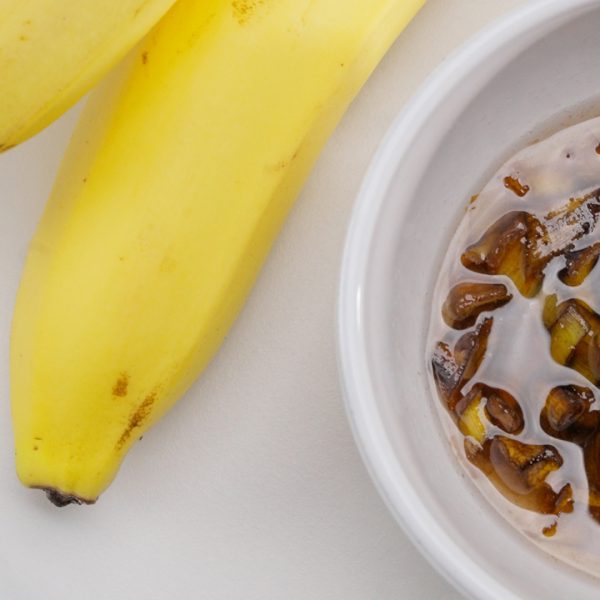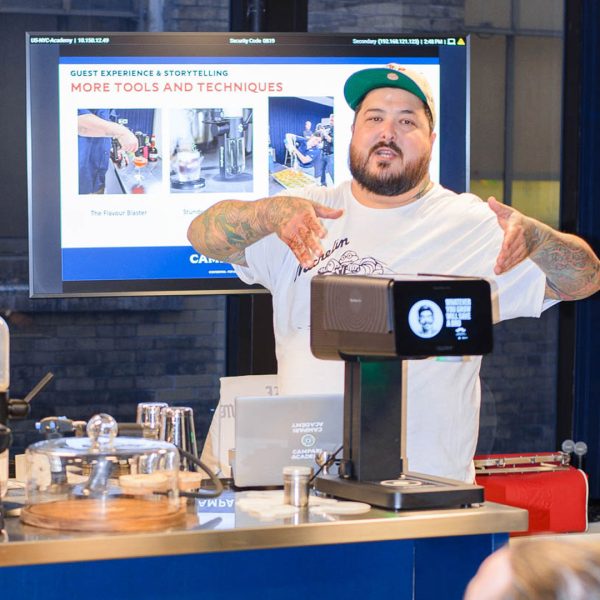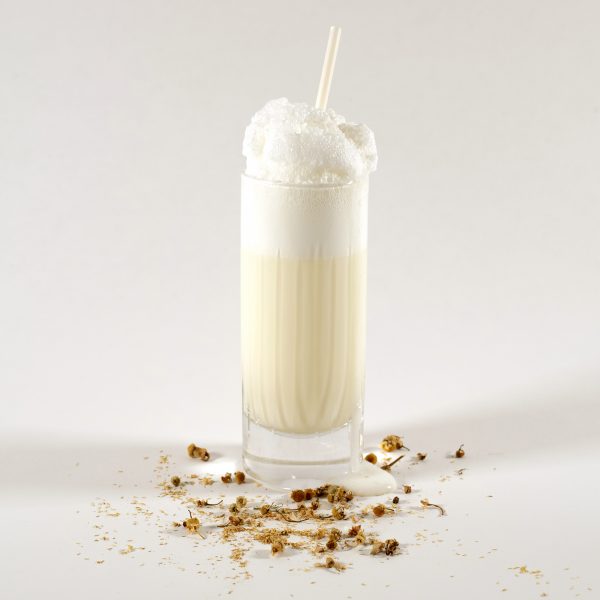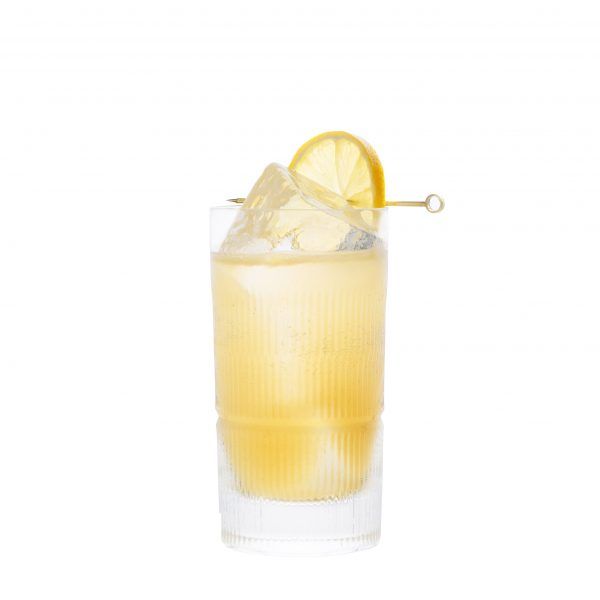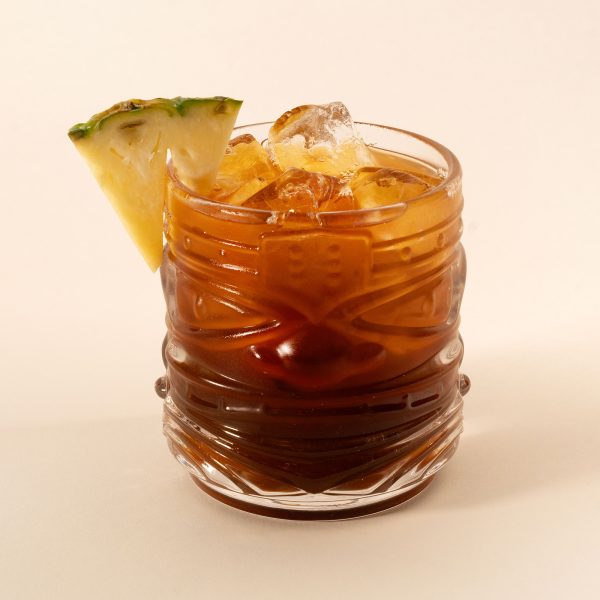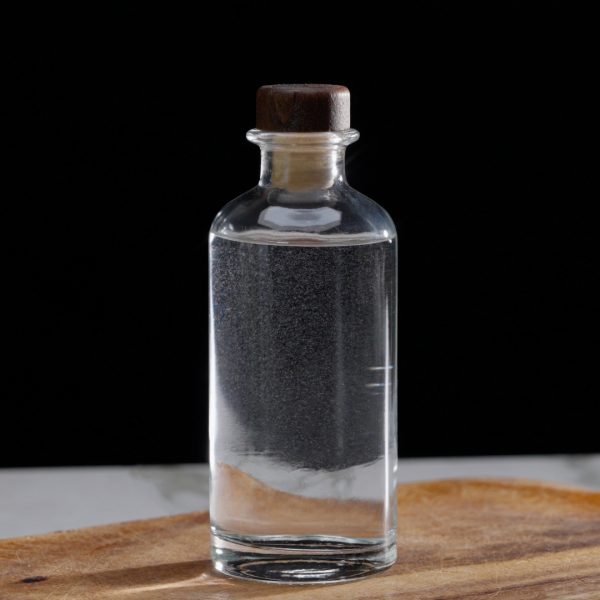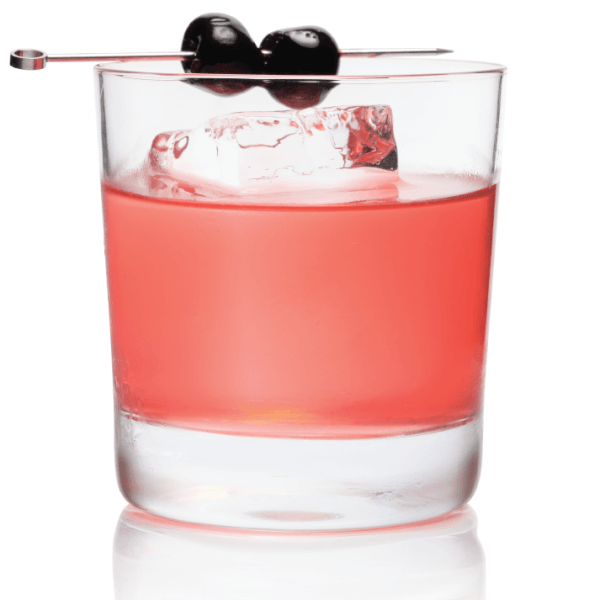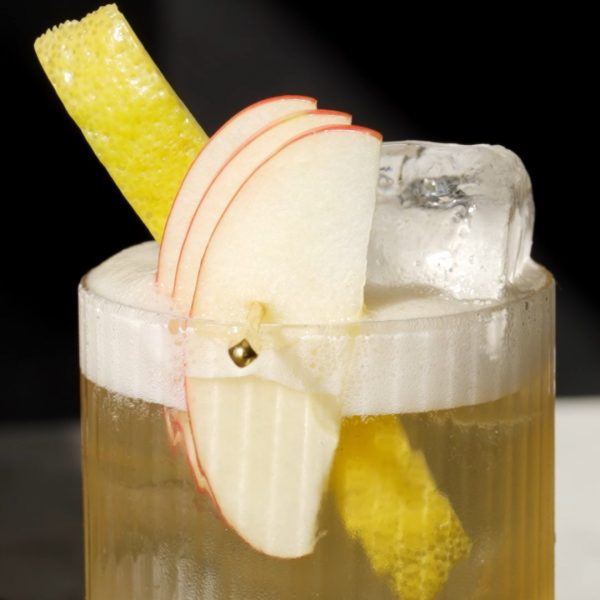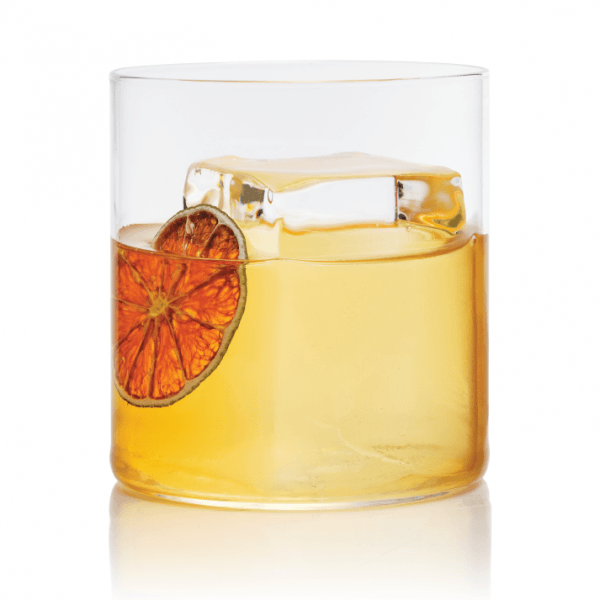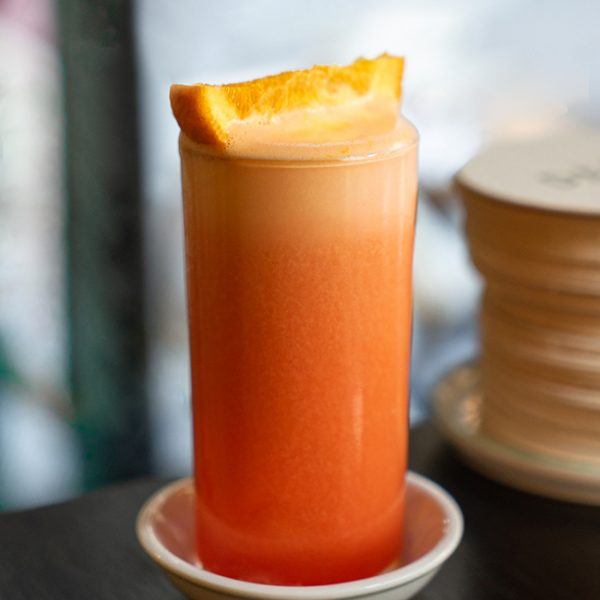Techniques: The Basics of Flavor Extraction
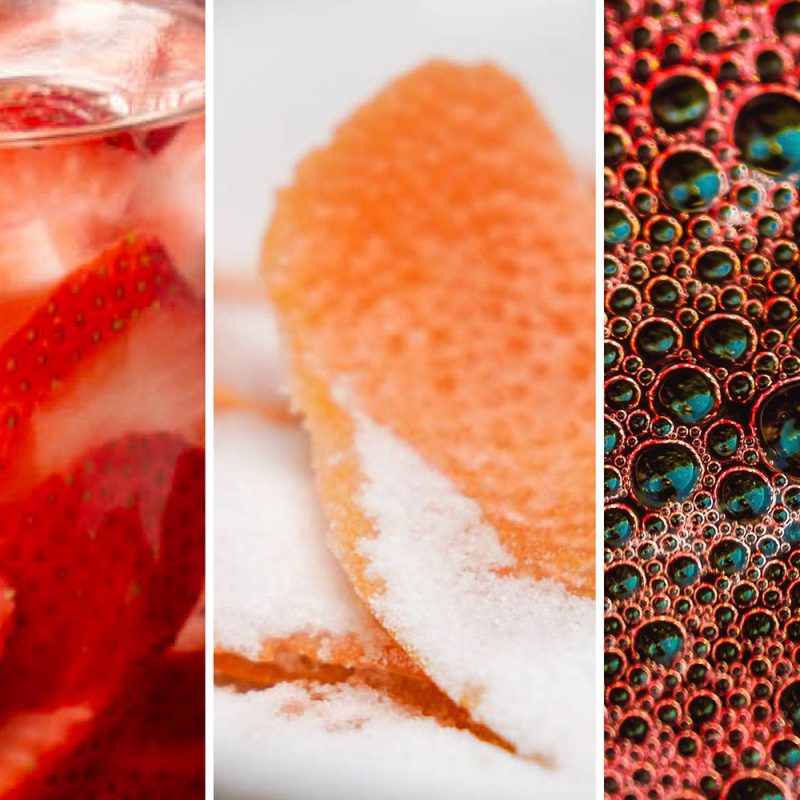
Extract flavor from natural ingredients using these three techniques: Infusion, Maceration, and Fermentation.
Whether it’s a pineapple Daiquiri or strawberry Negroni, how one approaches flavor extraction can make a world of difference in a finished drink. But where do you start?
Micah Melton is a Chicago-based beverage director with nearly two decades of experience in kitchens and bars. Every flavor extraction process begins with really paying attention to the raw ingredient, and then asking what the process is, Melton notes. “For example, strawberries and blueberries are very different in how I would process them to their max flavor,” he says. “You have to take every ingredient on its own first.”
INFUSION
Infusion is one of the most common techniques for flavor extraction. Melton defines infusion as the process of drawing flavor from a solid (such as mint) and adding to a liquid (such as simple syrup). While infusions can be as easy as “add mint to a syrup”, there are some considerations to how one goes about it. Infusions can be done with heat, left to sit at room temperature, or even combined with extremely cold blasts of nitrous oxide.
The role of heat in infusions can drastically alter a finished syrup, Melton says. “I generally [try to never] cook anything green,” he says. “Anything that’s green I’m going to [manipulate] cold, whether it’s just letting it sit in the fridge or using liquid nitrogen. I think the flavor and the shelf life is going to hold up better if you always keep it cold.” A common way to make mint syrup, for example, is to add fresh mint to hot simple syrup. But, Melton notes, this technique results in a muddled, bruised flavor and dark color. “If you use extreme cold, it’s completely different. It’s bright green, super vibrant, really fresh.”
Try it out in the umami brine for a Mushroom Dirty Martini
MACERATION
Maceration is when you introduce a solid (such as fresh strawberries) to another solid (such as sugar). If you’ve ever made an oleo saccharum, then you have macerated citrus peels with sugar. The technique, found more often in dessert making, results in two usable products: a sweetened, seasoned fruit as well as a flavored syrup. The syrup produced is often wonderfully bright and aromatic, and the intact solid ingredients can find a second life as a garnish or even incorporated into a food menu offering.
FERMENTATION
Another flavor technique is fermentation, which Melton describes as manipulating or transforming flavor, rather than capturing it. Fermenting tomatoes, for example, replaces a bright fresh flavor with sourness and funk.
There are multiple ways to ferment, with lacto-fermentation (using a salt-heavy brine) as one of the most well-known processes. Fermenting can be done with either the natural yeast that’s in the air, or by introducing yeast, which could result in something that’s alcoholic. Melton says that fermenting, regardless of the process, requires careful research; the process has built-in risks, given that fresh fruit is encouraged to essentially spoil. That said, fermented fruits or vegetables can add a piquant note to savory drinks, such as Gibsons and Bloody Marys. Simple ferments such as homemade ginger beer can elevate a simple highball such as the Ancho Mule to the next level.
When it comes to flavor extraction, how one approaches it begins with research, but curiosity, and taking note of what’s been successful in the culinary world, might be the key to unlocking the next thing in flavor pairings.
Thirsty for more flavor ideas? Check out season two of Perspectives for inspiration.







